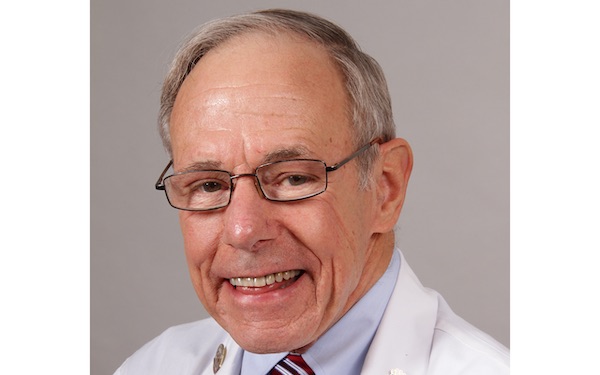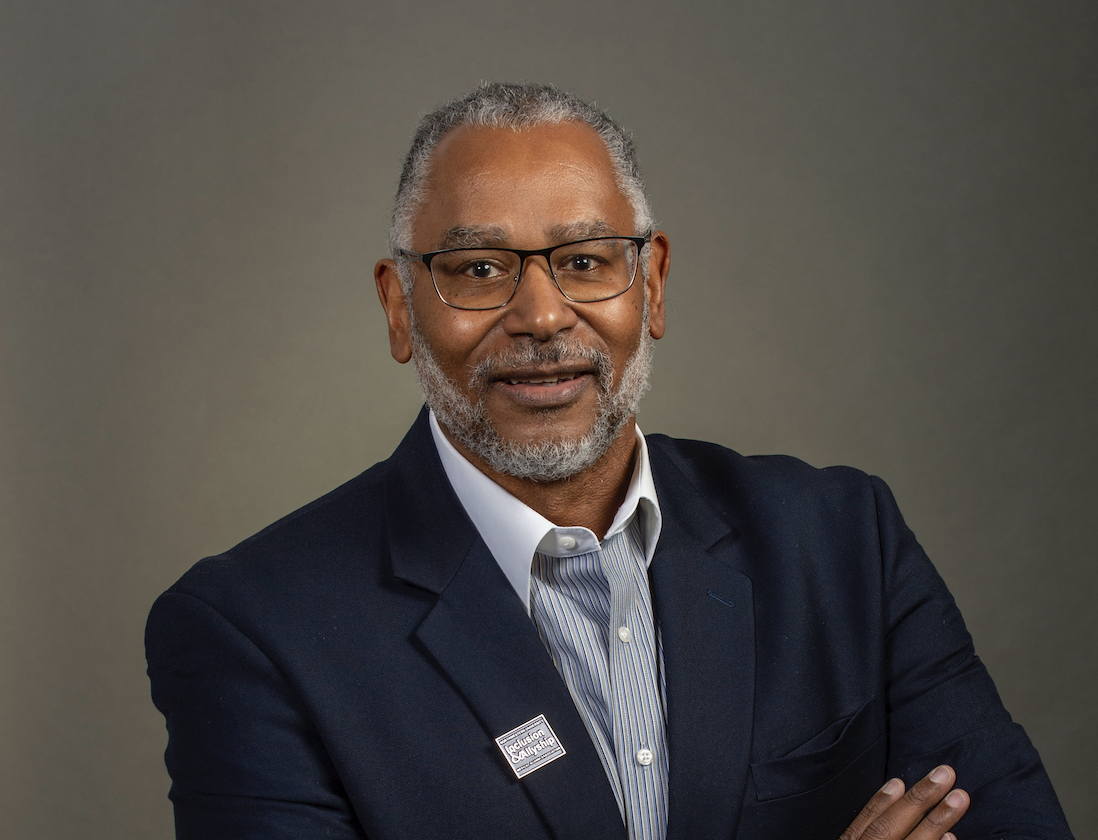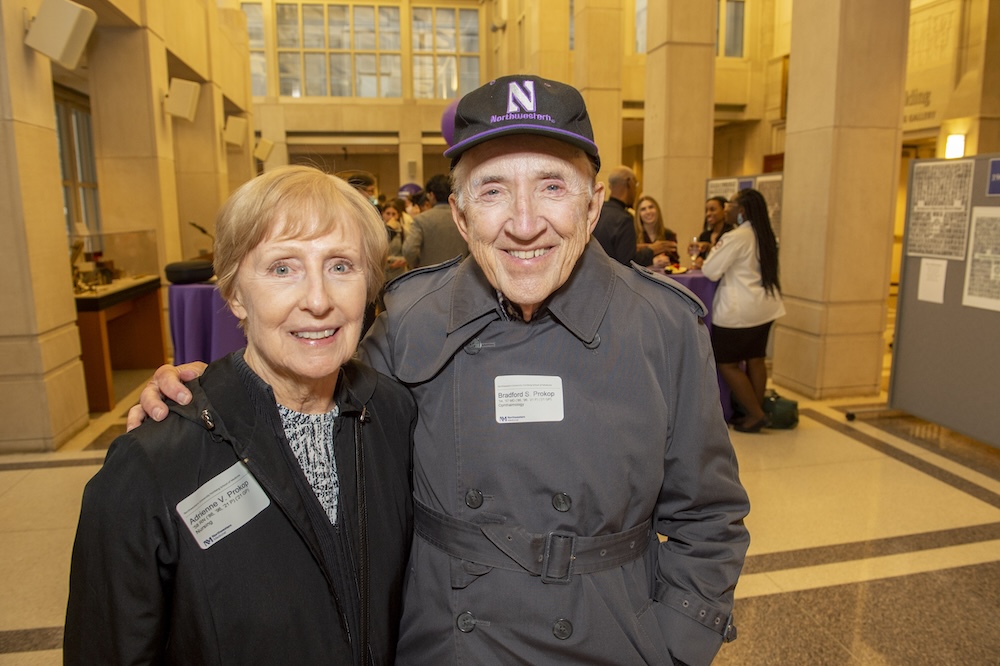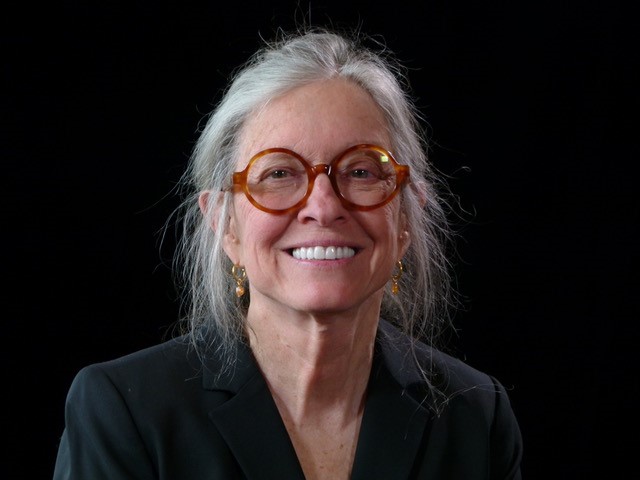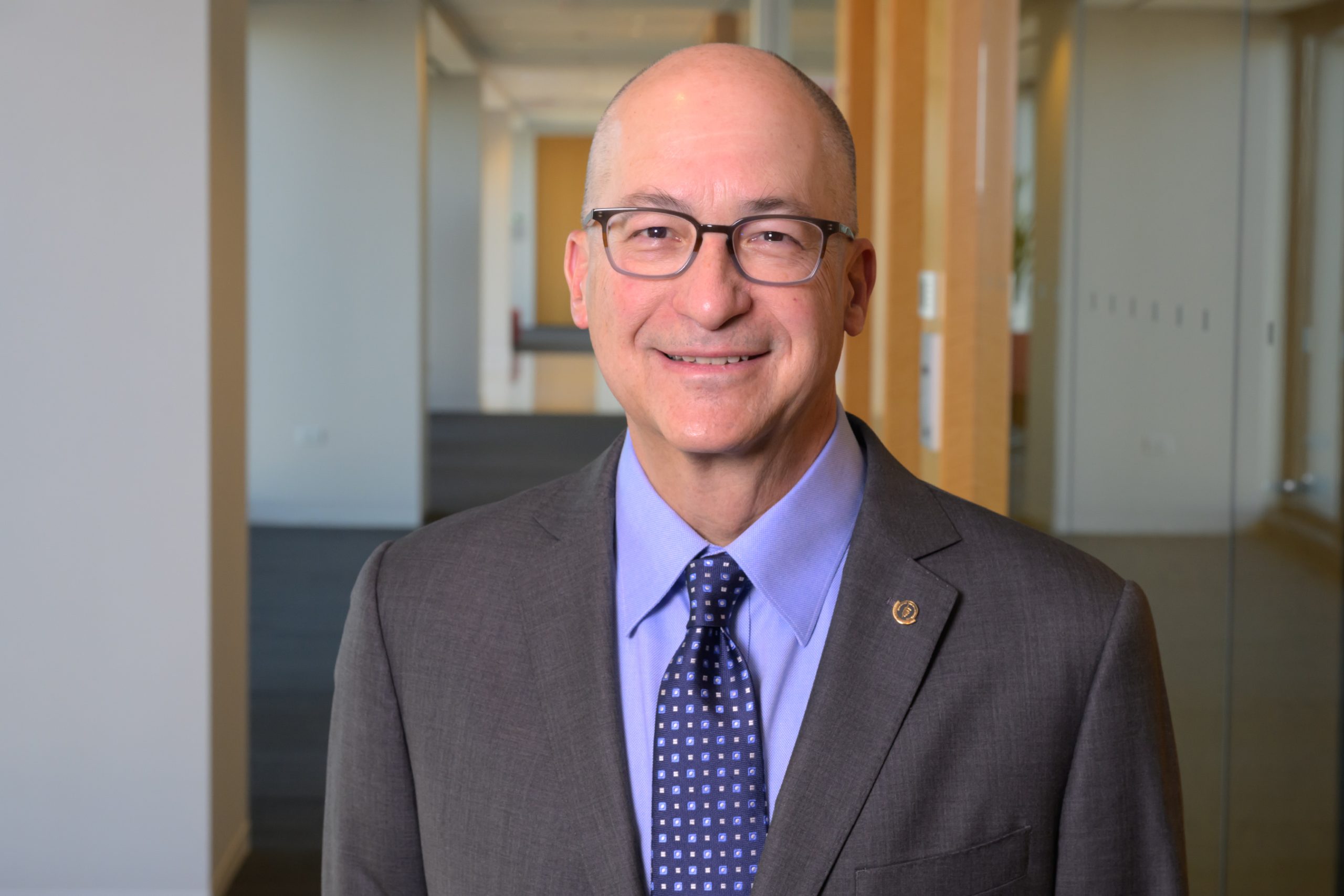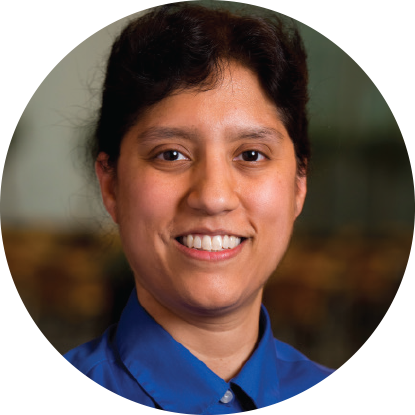Home / Alumni News / Combating Cervical Cancer
Richard Schlegel, ’75 MD, ’74 PhD, developed the technology for a human papillomavirus vaccine that helped cut U.S. cervical cancer rates by more than half.
By Bridget Kuehn
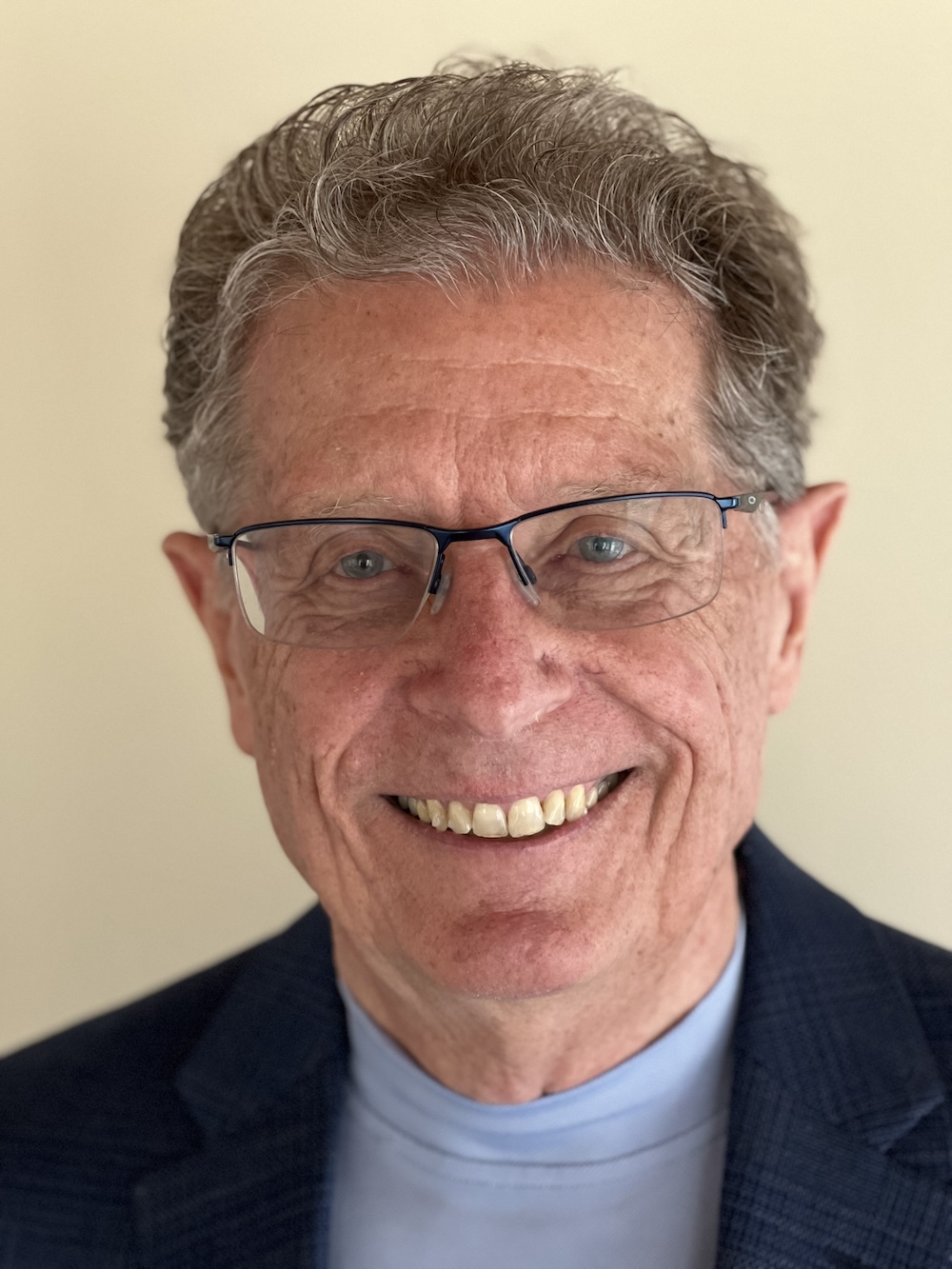
Richard Schlegel, ’75 MD, ’74 PhD, was in the right place at the right time in 1983, when a team of German scientists published their findings that the human papillomavirus was present in cervical cancer. At the time, Schlegel was studying bovine papillomavirus as an investigator at the National Cancer Institute (NCI) in Bethesda MD, hoping to learn more about how viruses could lead to cancer.
“The discovery immediately changed our focus from studying cow papillomavirus to branching out and studying human papillomavirus,” Schlegel said. “The good thing about it is that the overall structure of the two viruses is the same, and they have a lot of similar genes.”
That shift would ultimately lead Schlegel to help develop the technology used to create the Cervarix and Gardasil vaccines against human papillomavirus. The Gardasil-9 and Cervarix vaccines are the first anticancer preventive vaccines and together have helped reduce cervical cancer deaths among young women in the United States by more than half. His laboratory also demonstrated that the antimalarial drug artemisinin could treat cervical dysplasia and early cancers, which could help negate the need for 350,000 surgeries a year.
“We did not start our papillomavirus studies to find a vaccine that protects against cervical cancer,” he said. “We were just studying the basic biology of these tumor viruses in order to understand the mechanism of cell transformation.”
In honor of his scientific and public health contributions, Northwestern University Feinberg School of Medicine named Schlegel the 2025 Distinguished Alumni Award recipient.
NEUTRALIZING HPV
Prior to joining the NCI in 1980, Schlegel studied an oncogenic virus while completing his pathology residency at Harvard. He worked as a fellow in the laboratory of Thomas Benjamin, where he studied the polyomavirus and defined the cellular effects of the transforming middle T-antigen. After completing his pathology fellowship at Harvard, Schlegel moved to the NCI and continued his studies of cell transformation, but now with a cow papillomavirus. He generated an antibody that allowed the isolation and characterization of a hard-to-study small transforming protein called E5.
“It is the smallest viral transforming protein, and it integrates into cell membranes, and it triggers cells into dividing when they do not necessarily want to divide,” Schlegel said. “That was the beginning of my commitment to the papillomaviruses.”
Around 1988, Schlegel began a collaboration with immunologist Bennett Jensen, MD, a professor at Georgetown University, who wondered if antibodies against HPV could neutralize the virus and provide the basis for a vaccine against HPV.
“We had a molecular biology approach, and he had an immunology approach,” Schlegel said. As their complementary skill sets began to yield fruit, Schlegel decided to leave his tenured position at NCI and join Jensen at Georgetown as an associate professor. “In 1990, we went full steam ahead with the project.”
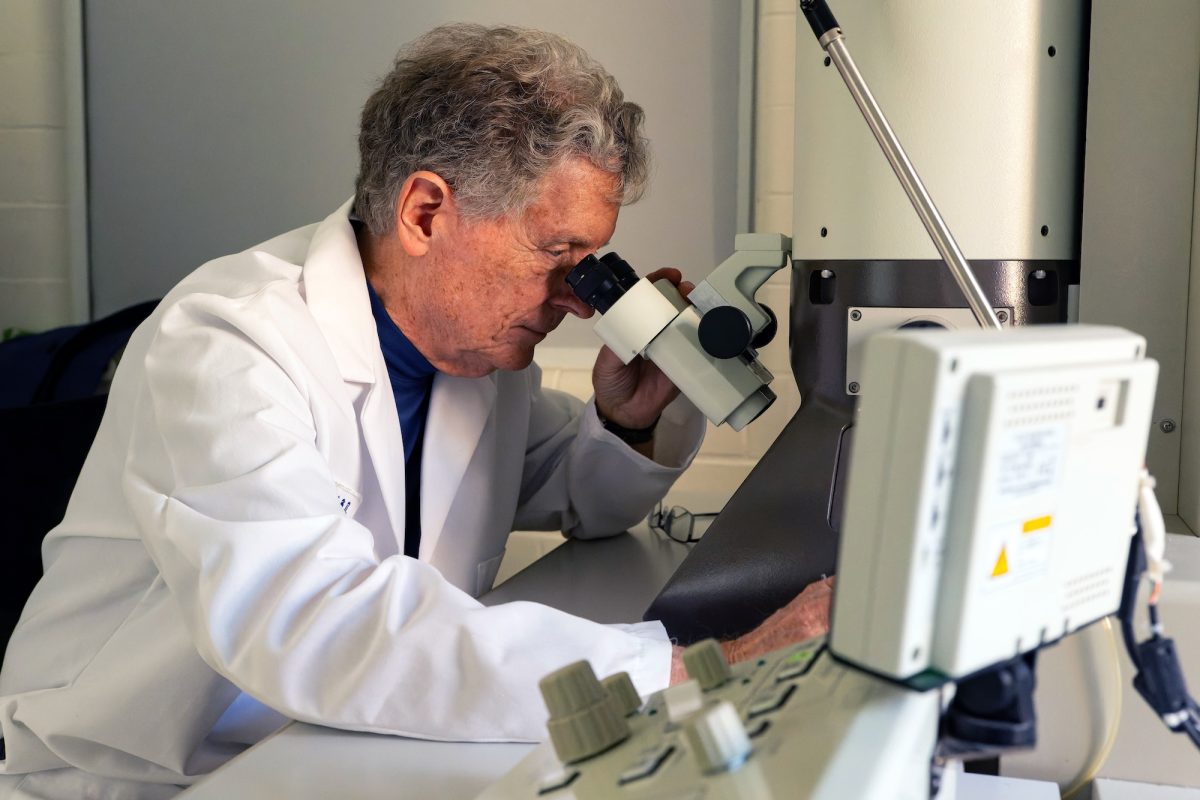
In 1995, they published a study demonstrating that injecting dogs with a protein that makes up the protective coating of the canine oral papillomavirus, a close relative of HPV, triggers the production of antibodies to the virus and that serum from those dogs could provide 100 percent protection for other dogs.
“It was beyond our imagination how effective the vaccine was,” Schlegel said.
Their work created the technology underlying the Gardasil vaccine. The vaccine is composed of HPV 16 and HPV 18 virus-like particles that help trigger an antibody response and help prevent HPV infection from leading to the development of precancerous and cancerous cervical lesions. The vaccine was approved by the Food and Drug Administration along with a second HPV vaccine, Gardasil-9, in 2006.
Together, the vaccines are credited with helping reduce cervical cancer deaths among U.S. women under the age of 25 years by 62 percent between 2019 and 2021, according to an analysis published in JAMA in 2024. That remarkable achievement occurred even though the United States has only achieved about a 60 percent vaccination rate. Other countries, like Rwanda and Australia, that have achieved higher HPV vaccination rates believe cervical cancer elimination is achievable, Schlegel said.
In the years following vaccine approval, Schlegel’s lab continued to work to build on that success. They worked to develop next-generation HPV vaccines, including a powdered formulation that could be used in parts of the world without reliable access to refrigeration across the supply chain. They’ve also worked to reduce the doses necessary to achieve full immunization in an effort to increase vaccination rates.
“Getting people to come in for one shot is not easy, and getting them to come in for two or three is even harder,” he said. “If we can get down to one shot, it would be a great advance.”
FULL CIRCLE
As Schlegel begins to shift into retirement, he says he’s passing the torch to the next generation of investigators to continue developing next-generation HPV vaccines and treatments for both cervical and oral cancers linked to the virus. He’s also planning to give the next generation of MD-PhDs a leg up by using some of his vaccine royalties to create an endowment for the MD-PhD program at Georgetown.
“That’s coming back full circle for me,” he said. Schlegel explained that obtaining both MD and PhD degrees at Northwestern University set him on the path to research and personal success. He initially wanted to be a pediatrician, but a summer studying streptococci genetics in the laboratory of Hutton Slade, MD, a professor in the Department of Microbiology at Northwestern, introduced Schlegel to research and his future wife.
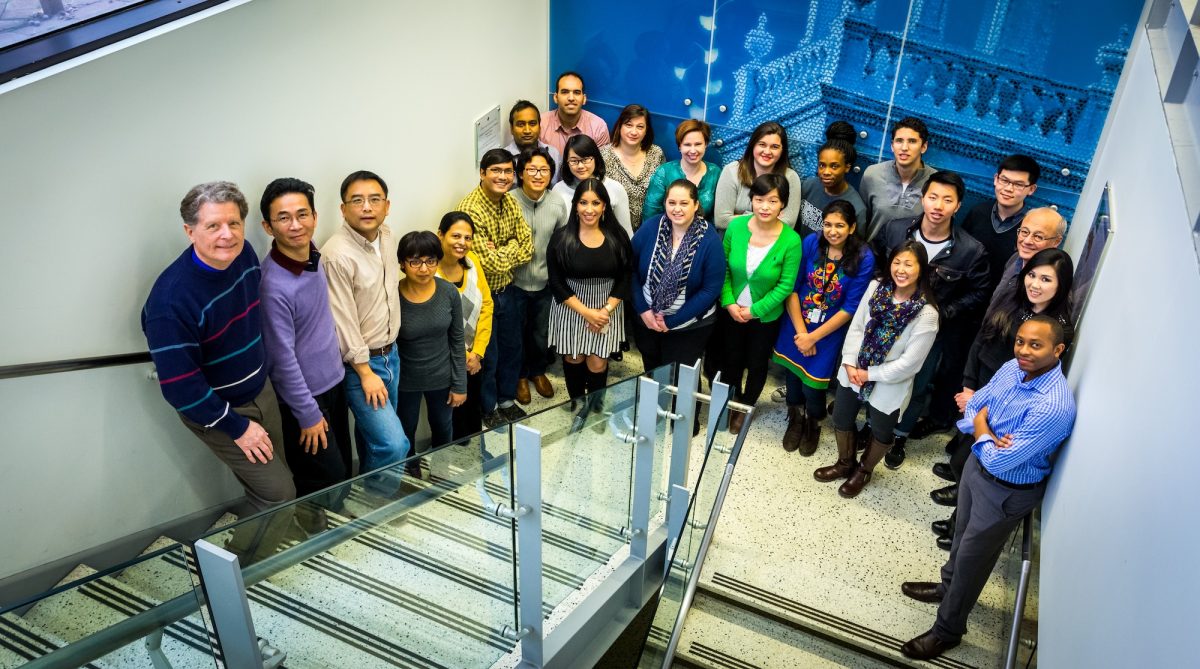
“What made me interested in being an MD-PhD was the ability to explore topics in depth,” he said. He ultimately chose pathology as a specialty because it allowed him to focus on both clinical practice and research.
After retirement Schlegel is planning to continue as an emeritus faculty member at Georgetown, where he hopes to stay involved in the MD-PhD program. He also looks forward to having more time for tennis and sailing at his family’s cottage on the Outer Banks in North Carolina.



